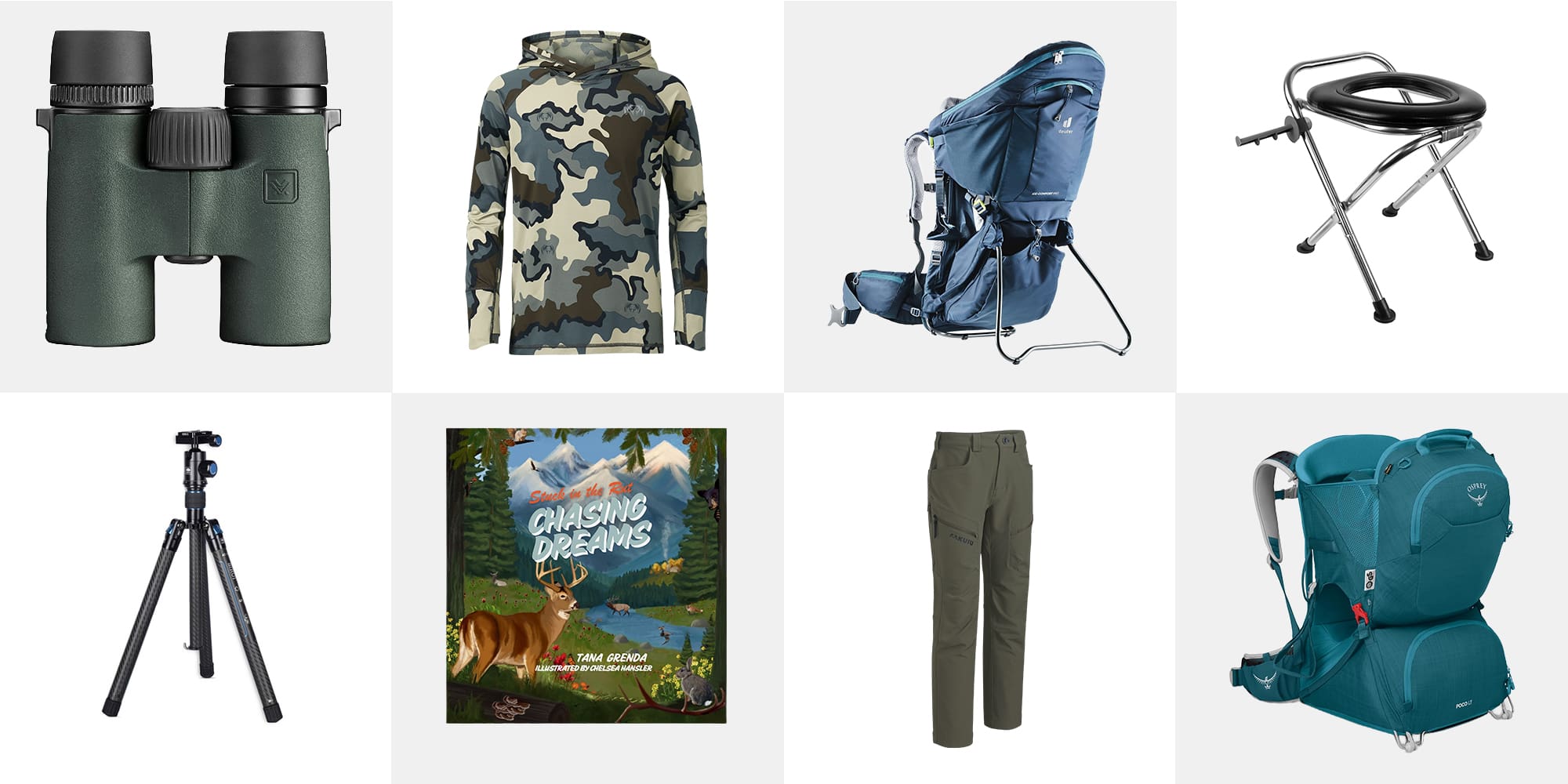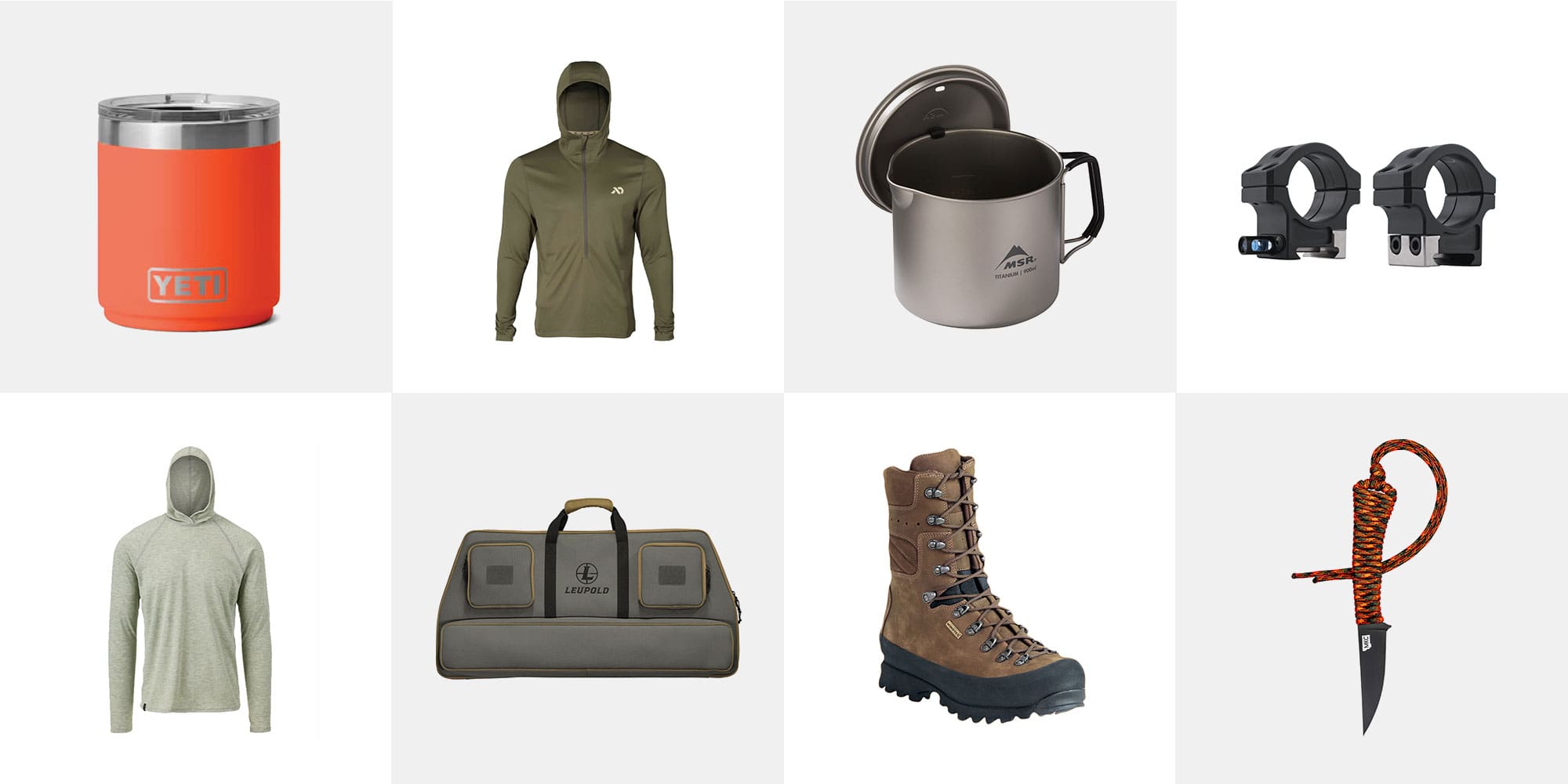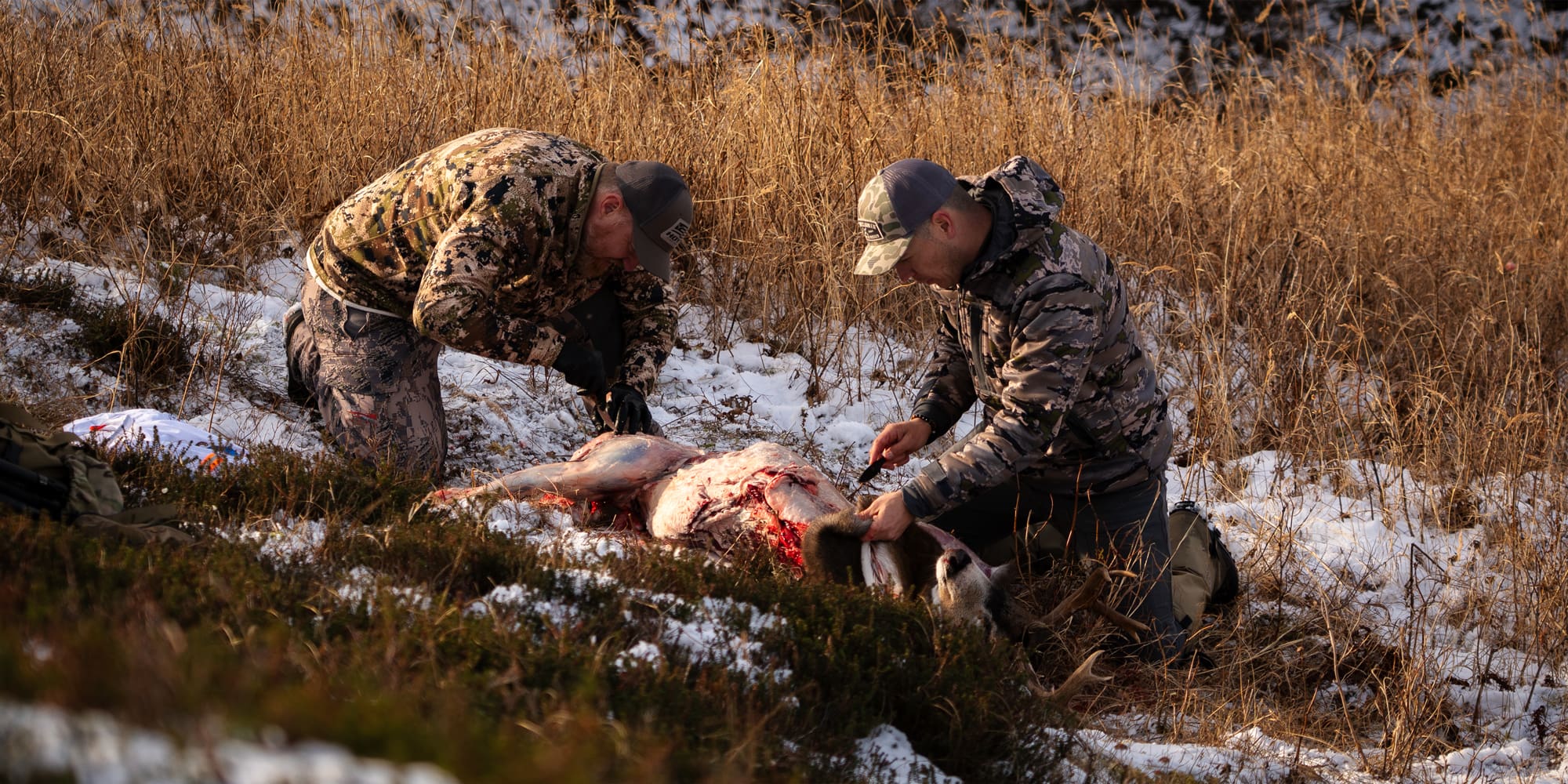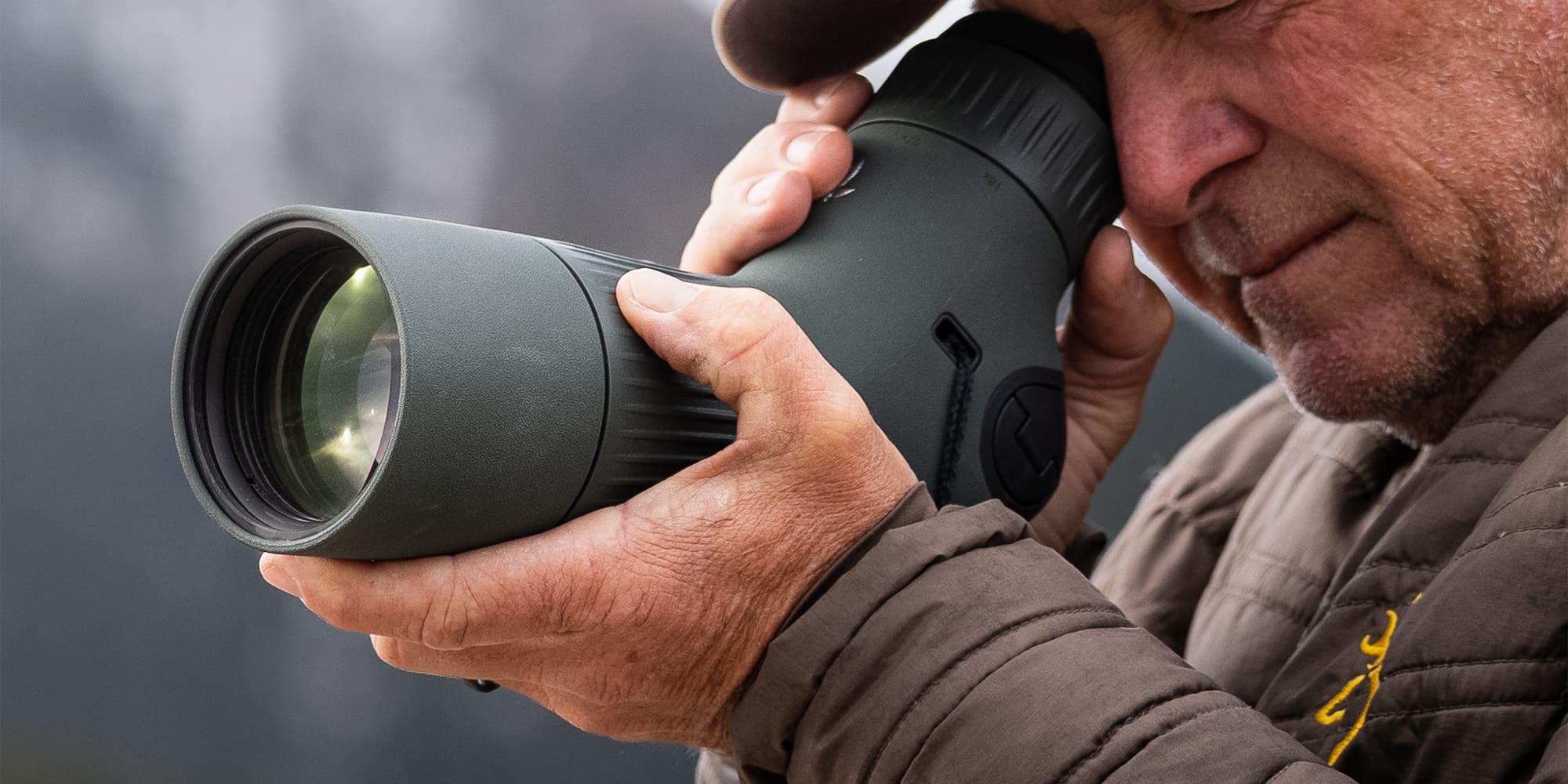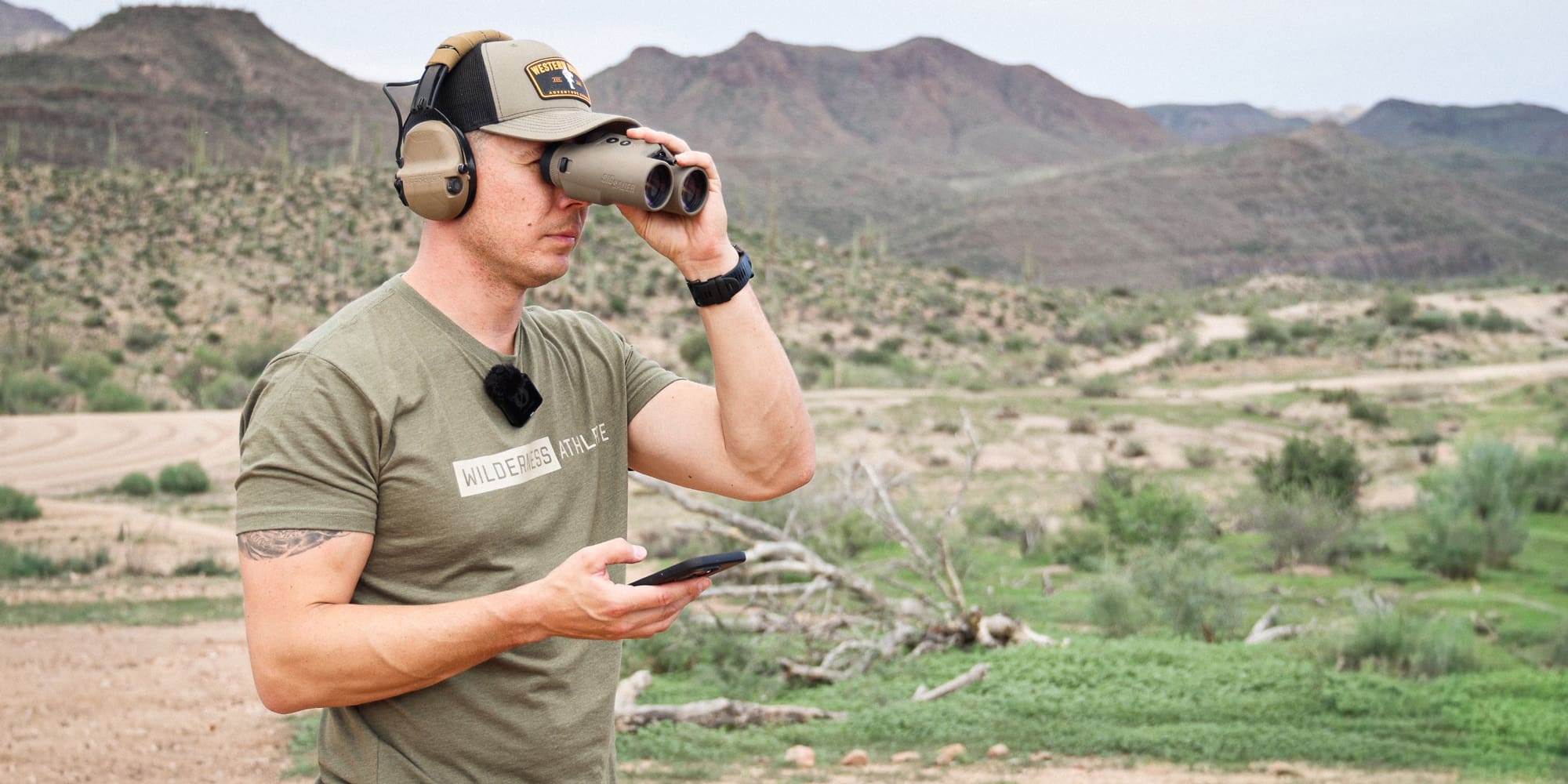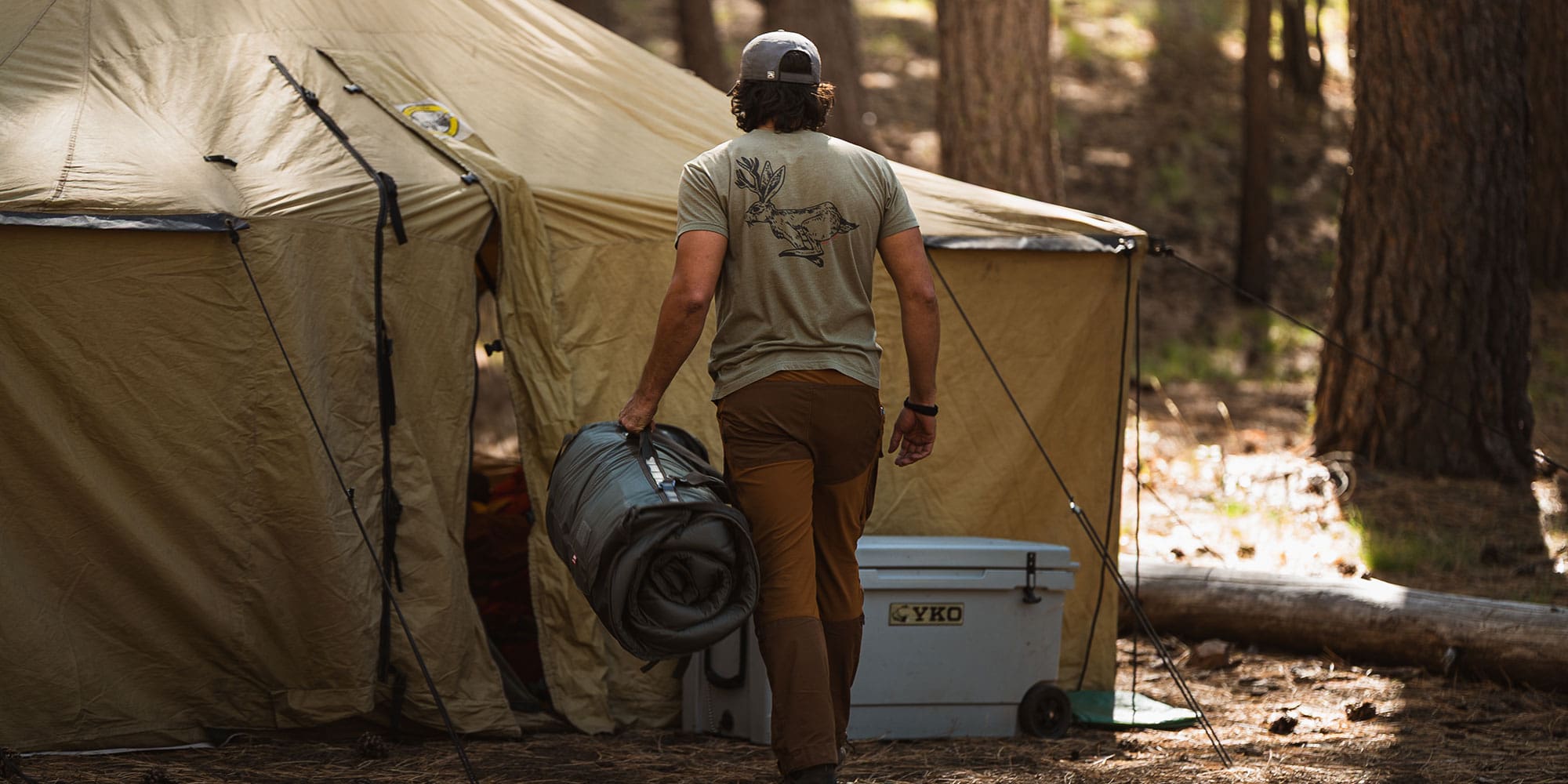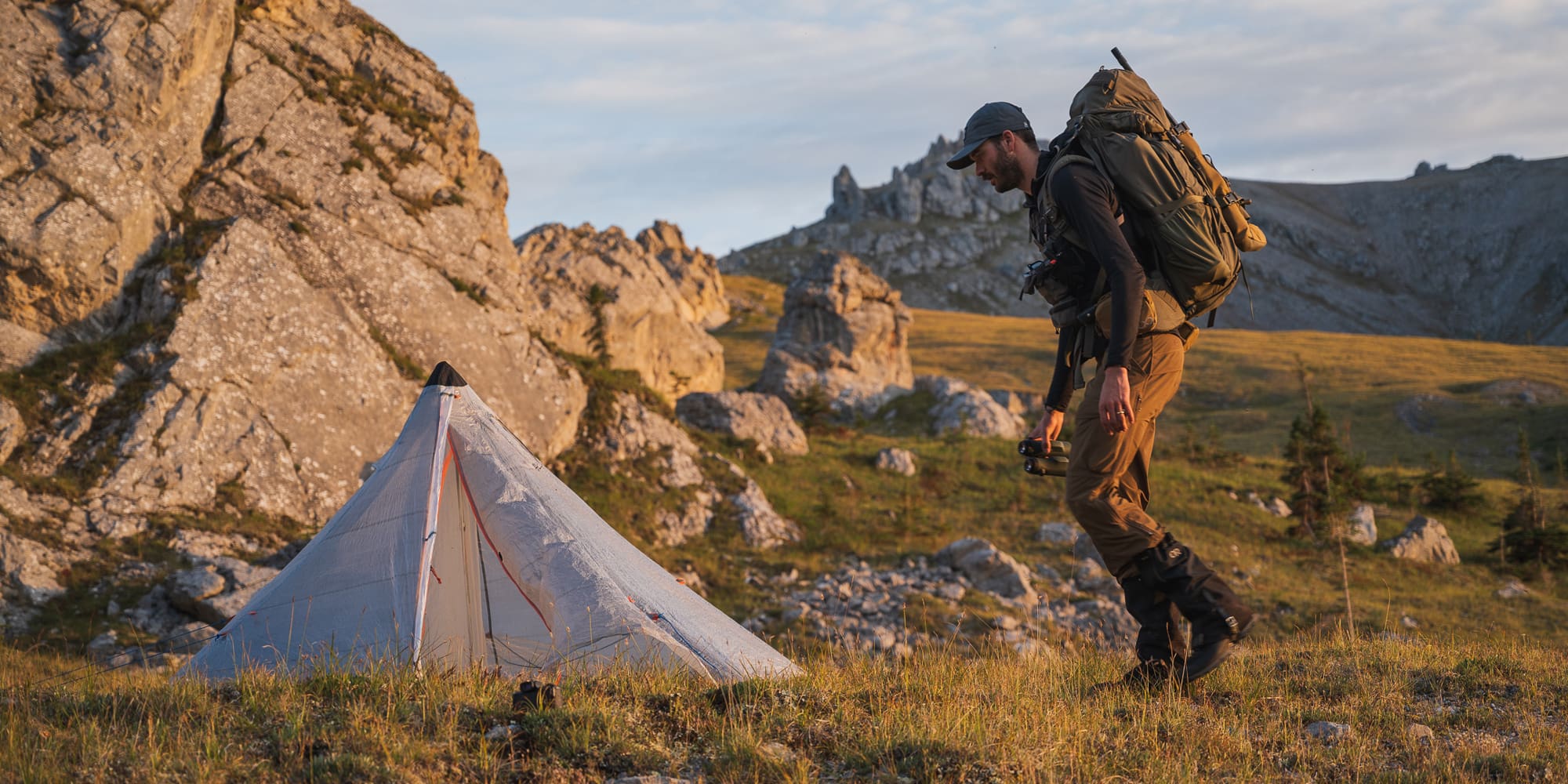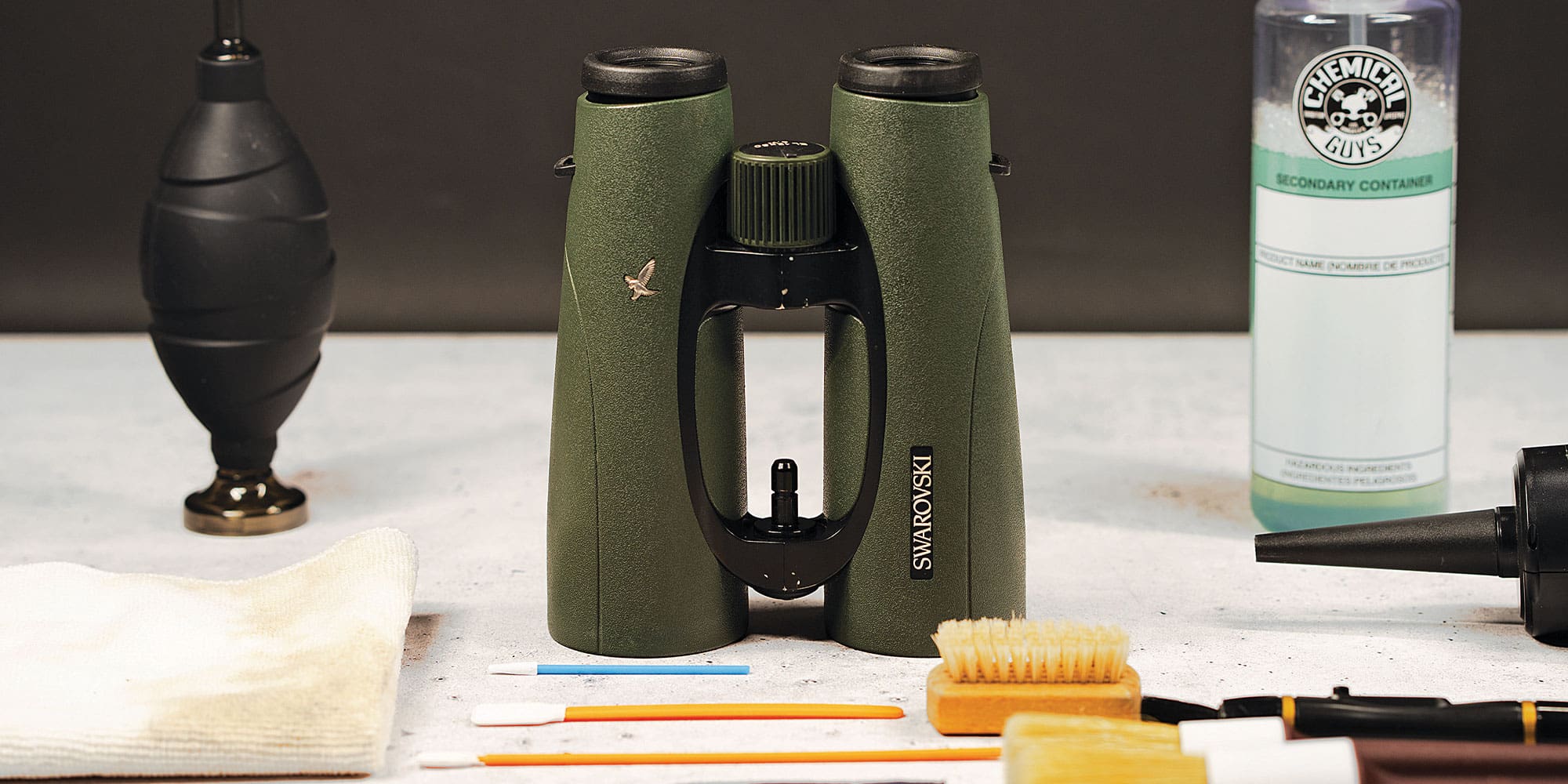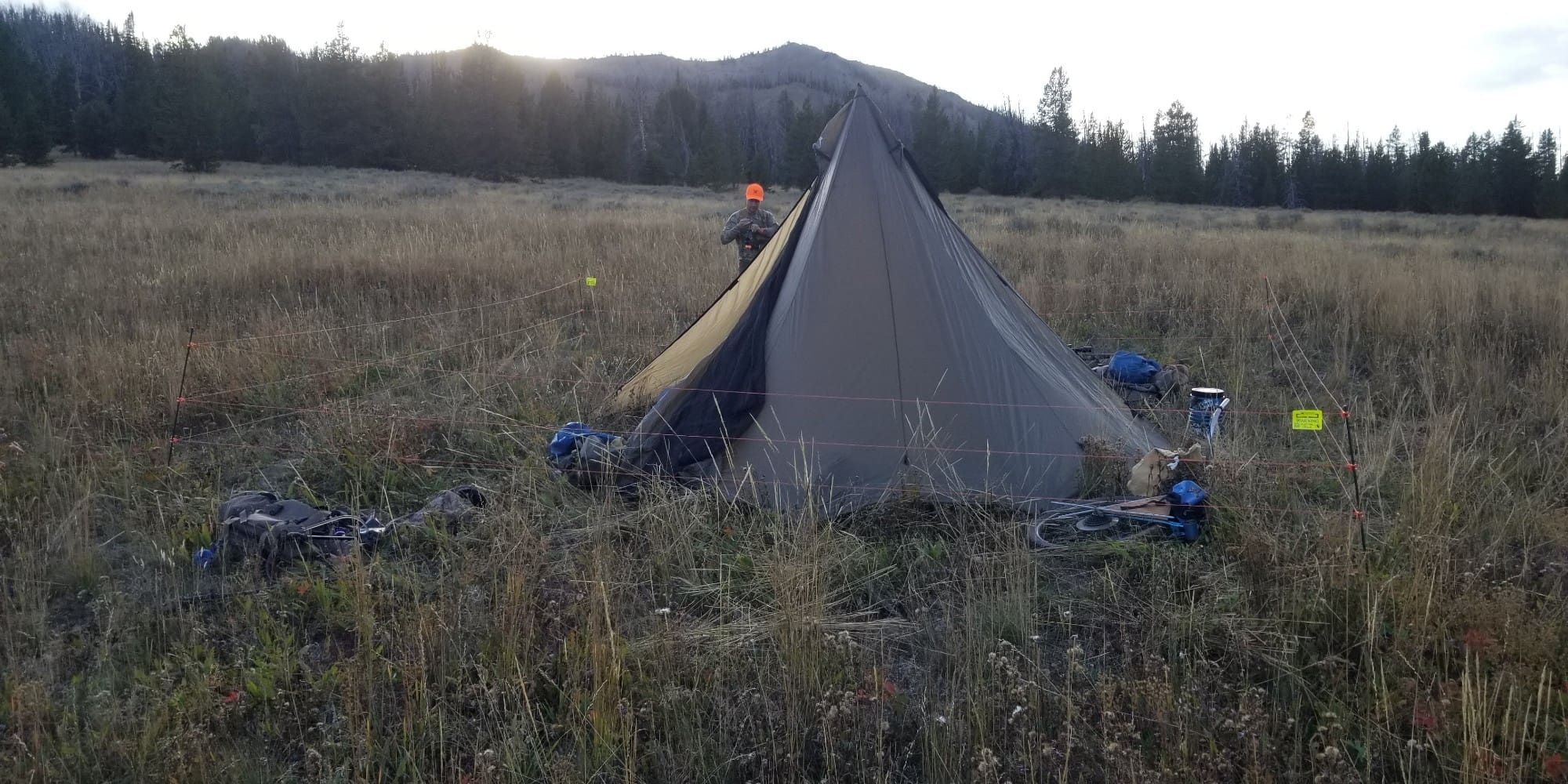
NOTICE: Certain links on this post may earn a commission for Western Hunter Magazine from Amazon or our other affiliate partners when you make a purchase. Thank you for your support.
Bearwatch Systems Electric Fence
There are numerous things that will keep a hunter from getting good rest in the backcountry, but for me, the idea of an intruding grizzly bear is near the top of the list. That is if I’m not surrounded by an electric fence that puts out over 10,000 volts. This past fall I had the opportunity to do a backpack hunt in an area with a dense population of grizzly bears, so I was thankful for the opportunity to put the Bearwatch Systems fee3nce to the test
The first thing I noticed when the package arrived by mail was the company’s slogan, “ADVENTURE ON, STRESS OFF.” I love that phrase because it perfectly captures what should be the goal of every piece of equipment we carry when we go hunting. Tools that contribute to stress have a way of staying in the truck, while those that contribute to the adventure find a home in my pack.
Speaking of being pack-worthy, the second thing I noticed about the Bearwatch Systems fence is how compact it is. For the hyper-weight-conscious hunter, the trail weight of the system is 2.1 pounds, and with two sets (16) of AA batteries, the entire system weighs in at only 2.93 pounds and easily packs into a bag about the size of a lunch sack. Since I don’t usually have the luxury of horses or llamas, everything that joins me on a hunt is strapped to me in one way or another. Three pounds in the backpacking world can seem like a ton, but this is an extremely light tool for what it offers, especially since it stays at camp for the most part.
When I opened the zippered bag I was pleasantly surprised at the simplicity of the whole system. The main hardware includes four collapsible carbon poles with insulator clips, three 80-foot lengths of poly wire, an energizer, and a grounding rod. Additional items include a voltmeter for in-field testing, warning signage, and alternative power cables.
Carbon Poles: At just over 41 inches, these three-piece poles are extremely lightweight. The working end of the pole has an aluminum point that easily pushes into soft ground. In harder or frozen ground settings, I would recommend “pre-drilling” a hole with the grounding rod by carefully hammering it into the earth with a rock or axe. To attach the plastic insulator clips, simply cradle the rod with the clip and snap them into place.
Polywire: The polywire comes packaged on a lightweight plastic spool and takes only a few minutes to spool or unspool. With three strands each measuring 80 feet in length, this fence will create a comfortable 20’ x 20’ footprint for your campsite. Length can be easily adjusted with the attached fastener clips. We used a large teepee-style tent during our trip and there was about 3.5 feet of clearance from the bottom edge of the tent to the center of the fence, making it easy to enter or exit the tent without any risk of shock.
Energizer and Grounding Rod: The energizer is the engine that makes this system run. Since I’m not an electrician, I can’t explain how 8 AA batteries can produce over 10,000 volts, but they do. In fact, these systems come with a voltmeter, and when tested I was consistently able to get readings up to 10,000 volts with proper grounding (more on that later). The energizer is really simple to operate, which is an awesome feature. It has only two buttons: an ON/OFF button, and a “PULSE SPEED” button. The pulse speed button controls the rate at which an electrical charge surges through the wires. At the FAST setting, a charge is sent once every 1.4 seconds. At the SLOW setting, a charge is sent every 2.5 seconds, extending the battery life. At the FAST setting, with Energizer Ultimate Lithium batteries, the unit is advertised to last for five 8-hour nights (40-hour total runtime) at 35 degrees Fahrenheit. We used Energizer MAX batteries during our trip with the SLOW setting and after six nights did not have to change batteries. As far as the grounding rod goes, it can easily be pushed or hammered into most types of soils. Once it’s inserted into the ground, connecting it to the unit is simple with a black wire and alligator clip.
Voltmeter: The unit comes with a lightweight voltmeter. While this could seem like overkill for the hyper-weight-conscious hunter, I think it’s a must if you plan to use an electric fence. After all, a fence will offer nothing but a false sense of security if it’s not actually working. To use this device, simply insert the attached grounding rod into the earth and hold the metal probe to the wire. Note: the voltmeter indicator lights can be hard to see in broad daylight, so I would recommend familiarizing yourself with how it works in a controlled setting before heading to the field.
Warning Signage: At first glance, I thought the warning signage was just a nice feature, but after hunting all day and returning in the dark I realized how beneficial these little signs actually are. Bright yellow and reflective, they can be seen from a long distance, and when the system is charged they could prevent an undesirable accident.
Alternative Power Cables: The unit also comes with large alligator clips and cables that can be hooked to most 12-volt batteries. Initially, I had planned on using these with a 20-amp-hour Amped Outdoors lithium ion 12-volt battery that I use for fishing, but given that we were only going to be hunting for a max of 10 days, I opted for two sets of the much lighter AAs. If I were to camp near the truck or use some type of stock to get into the backcountry, the 12-volt option would be very nice, especially with the lightweight lithium options available today. A third power option (available on their website) for powering the energizer is a USB to 12-volt adapter that can be hooked to any USB-equipped charging station.
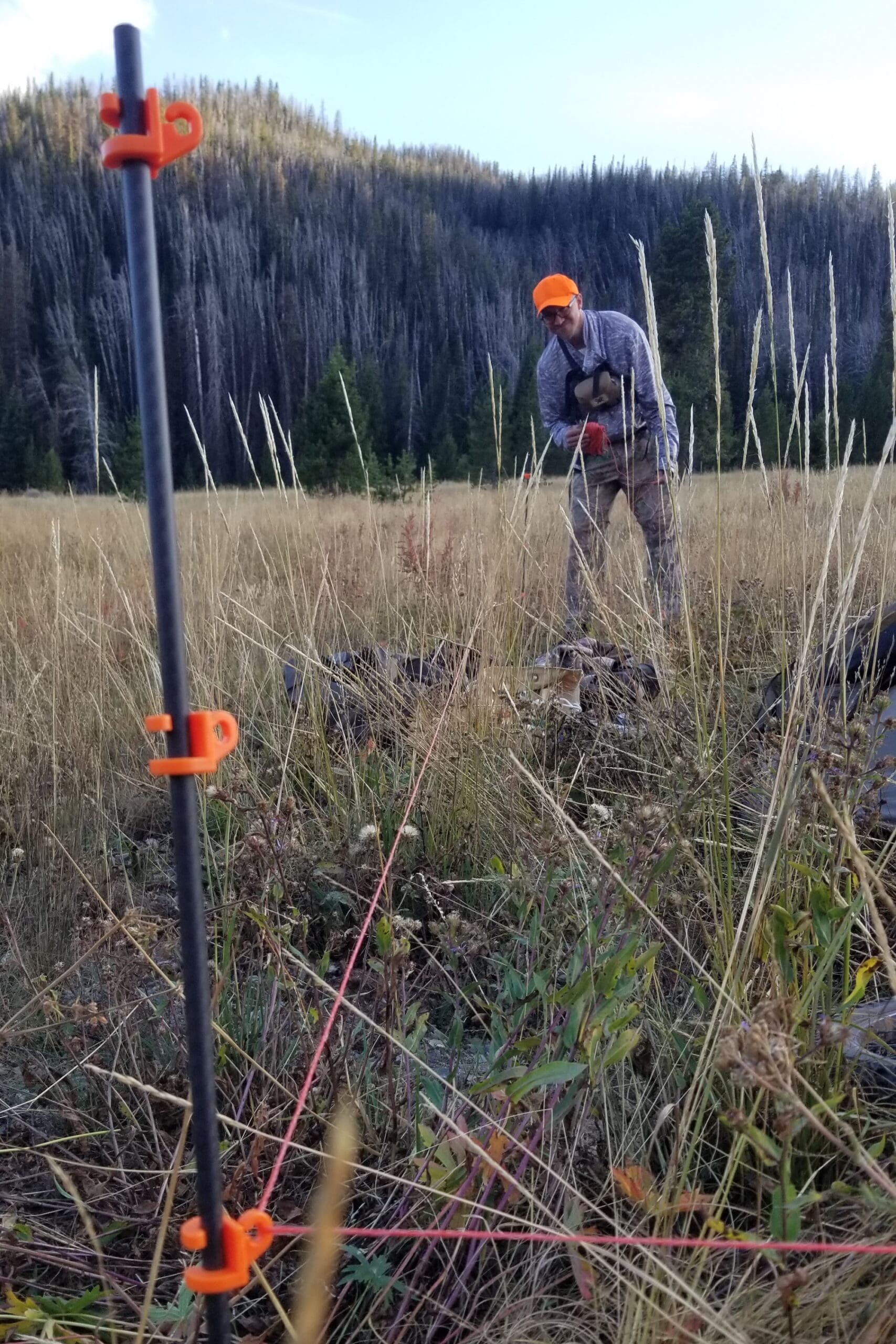
As I alluded to earlier, one of the great aspects of this system is its simplicity. Setup takes only a few minutes, and confirmation of function can be tested at any time with the included voltmeter. While I don’t claim at all to be an expert in electric fences or even grizzly country for that matter, here are a few takeaways from my experience with this product:
- It definitely helped me sleep at night. Knowing that a bear would get the jolt of a lifetime if his curiosity got the best of him while we slept brought great peace of mind to our entire camp.
- BE CAREFUL around it, especially when testing it. The first time I used the voltmeter I was in my front yard under clear blue skies with the sun shining in full force, which can make it difficult to see the indicator lights. I was curious how good the ground would be at various readings around the perimeter of the fence, so I checked it in multiple spots, trying to create shade to see the lights. At one of the test sites, I placed the metal probe on the wire and positioned my head to block the sun only to realize about one second later that I had not followed the directions by first inserting the voltmeter’s grounding rod into the earth. Rather, it was still being held by my right hand, which made me the grounding rod. That’s a mistake I won’t make again, a truly unpleasant lesson in how grounding works.
- One thing that was reinforced while in the field is that there are many areas in the Rocky Mountains where the ground is very dry and porous. When it comes to electrical grounding, this can be problematic because the idea behind the grounding rod is that when an animal (standing barefooted on the ground) makes contact with one of the wires, it completes the circuit and sends the current through the animal, deterring it from the fence. If the ground is very dry and porous, the circuit created from the energizer through the ground to the fence can be much weaker. With that in mind, there are two setup options for this fence in terms of wiring configurations, each explained in the owner’s manual. The first, ideal option, is to wire the system to use the ground itself. In good conditions (moist and dense soil throughout the footprint of the fence), all three strands of wire are charged and will shock at full strength anything that creates a circuit between them and the ground. For example, if a bear curiously sniffs any of the three wires, it gets shocked with the full force of the electricity. If the earth happens to be porous, though, and the bear’s feet happen to be standing on ground that is somewhat isolated from the grounding rod through dry, cracked earth, the shock could be significantly less. In this scenario, a second wiring configuration is preferred. In this configuration, the middle poly wire is connected with a pigtail to the energizer at the same point as the grounding rod, which essentially makes the middle wire a default “ground.” In this case, a curious bear may get a partial shock if he touches just one wire, but he will get the full dose when he touches the middle wire AND another wire. Having both configuration options provides good peace of mind since you can’t be certain your camping site will have good ground.
There are many products on the market that can add enjoyment to a backcountry hunt, but when hunting alongside North America’s largest predator, I wouldn’t even consider sleeping without a bear fence. Not only will it add a measure of peace to your overnights, but it very well could save your life.
Price: $247
Contact: BearWatchSystems.com
Designed and Developed in British Columbia, Canada
Warranty: 1-year limited



